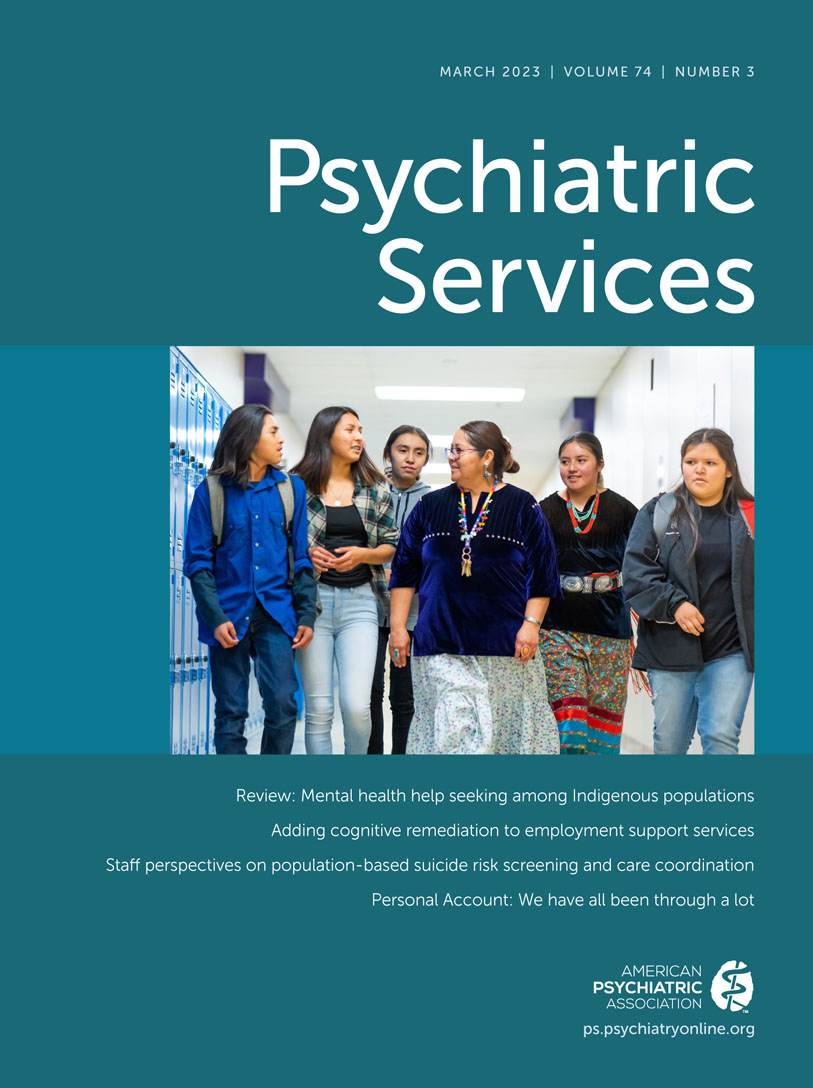Abstract
Objective:
This randomized controlled trial tested whether external coaching influences addiction treatment providers’ utilization of medications to treat opioid use disorder (MOUDs).
Methods:
This study recruited 75 unique clinical sites in Florida, Ohio, and Wisconsin, including 61 sites in specialty treatment agencies and 14 behavioral health sites within health systems. The trial used external coaching to increase use of MOUDs in the context of a learning collaborative and compared it with no coaching and no learning collaborative (control condition). Outcome measures of MOUD capacity and utilization were monthly tabulations of licensed buprenorphine slots (i.e., the number of patients who could be treated based on the buprenorphine waiver limits of the site’s providers), buprenorphine use, and injectable naltrexone administration.
Results:
The coaching and control arms showed no significant difference at baseline. Although buprenorphine slots increased in both arms during the 30-month trial, growth increased twice as fast at the coaching sites, compared with the control sites (average monthly rate of 6.1% vs. 3.0%, respectively, p<0.001). Buprenorphine use showed a similar pattern; the monthly growth rate in the coaching arm was more than twice the rate in the control arm (5.3% vs. 2.4%, p<0.001). Coaching did not have an impact on injectable naltrexone, which grew less than 1% in both arms over the trial period.
Conclusions:
External coaching can increase organizational capacity for and growth of buprenorphine use. Future research should explore the dimensions of coaching practice, dose, and delivery modality to better understand and enhance the coaching function.



